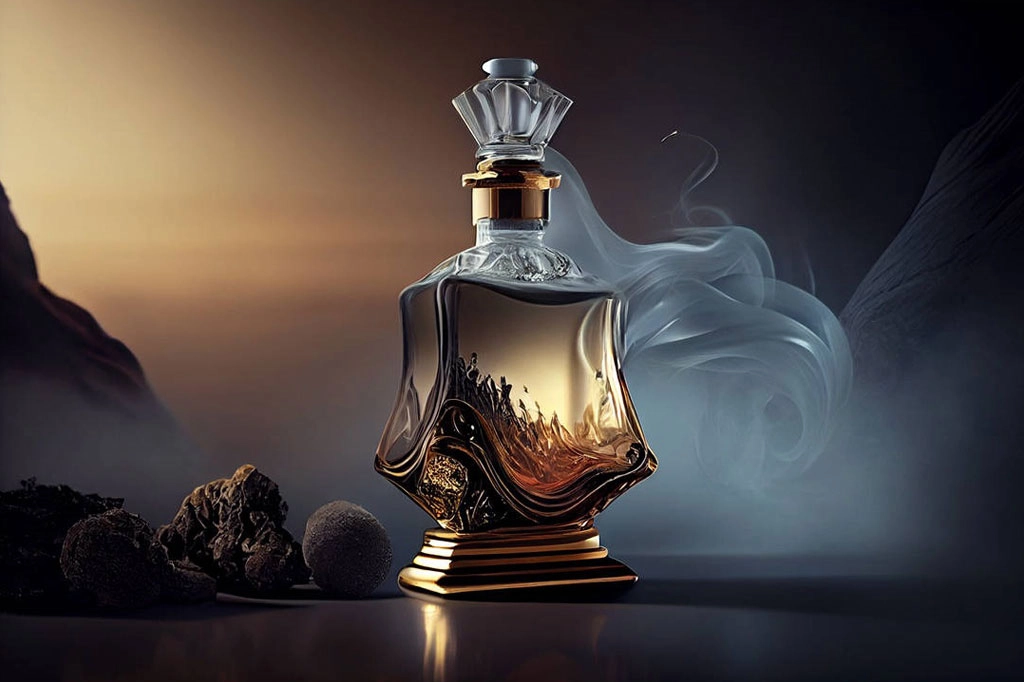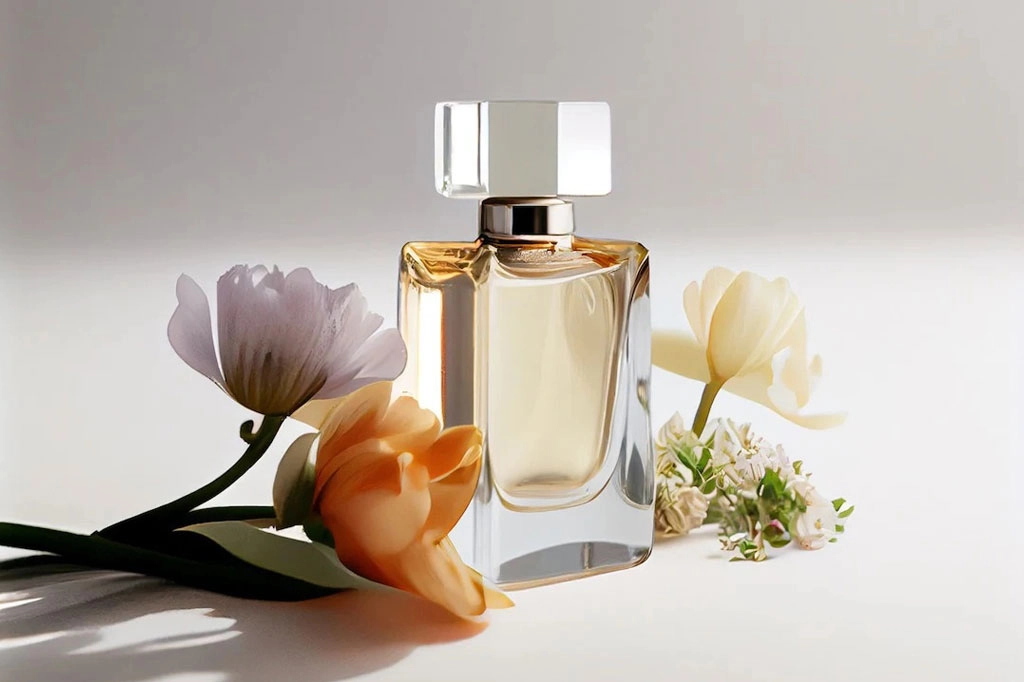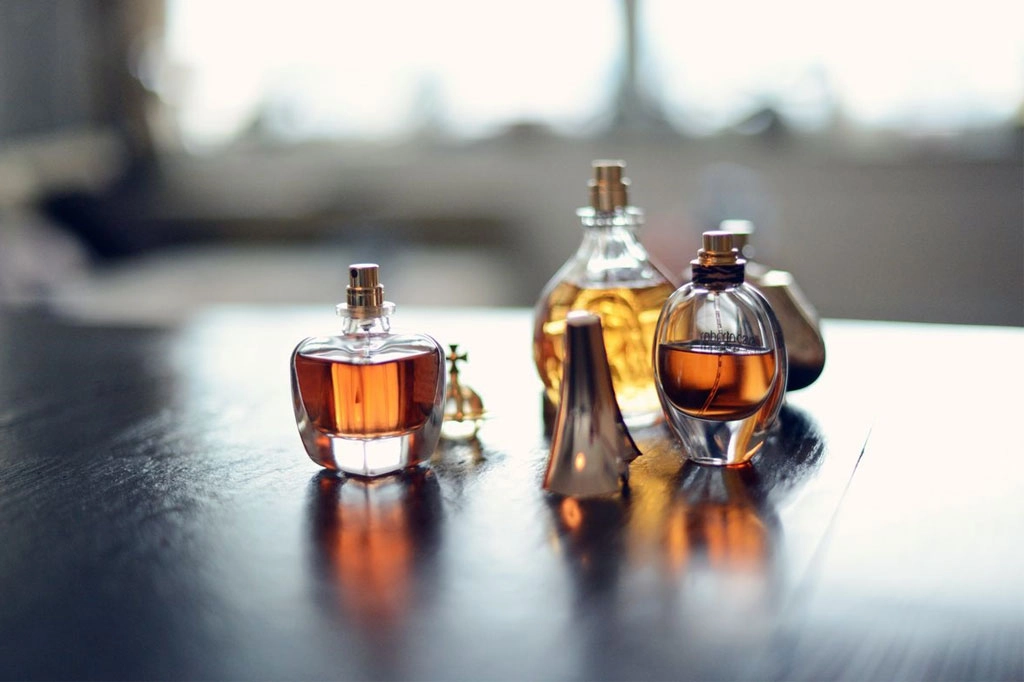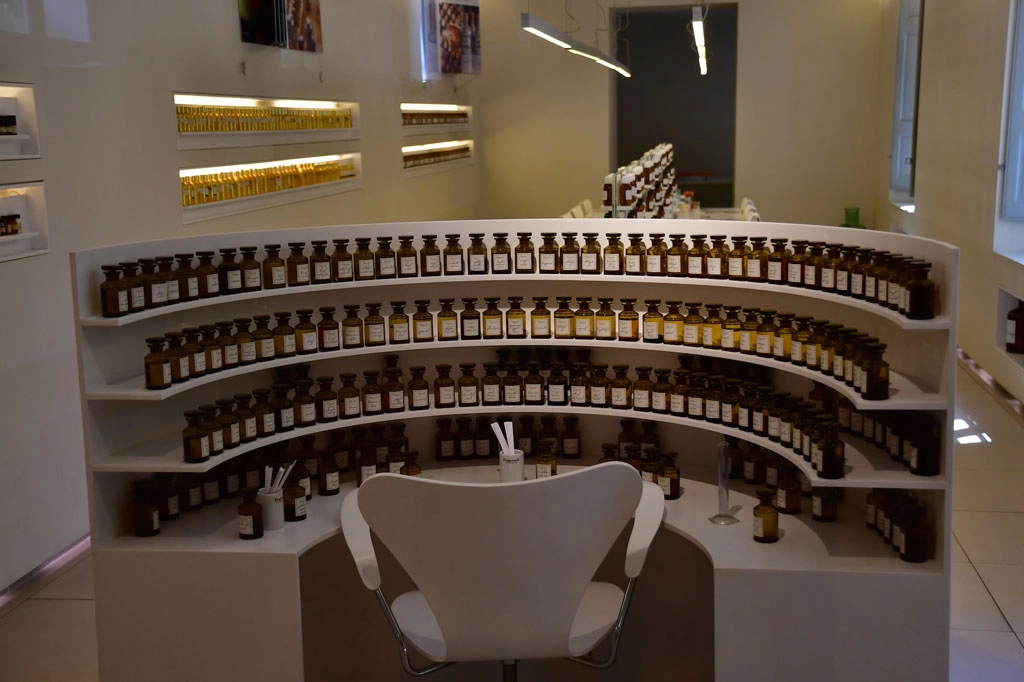In the world of fragrances, where the olfactory experience takes center stage, the visual appeal of a perfume bottle plays a crucial role in capturing the essence of the scent within. Perfume bottle design is an art form that goes beyond mere functionality, evolving into a canvas for creative expression and a reflection of the brand’s identity.
In recent years, there has been a notable shift towards customization, with designers and brands embracing innovative trends to elevate the sensory experience of their customers.
Historical Perspective
The design evolution of perfume bottles mirrors the diverse history of the fragrances they encapsulate. Dating back to ancient civilizations, perfume bottles were often crafted with intricate details, symbolizing wealth and luxury. The art of perfumery reached new heights during the Renaissance, where glassblowing techniques allowed for more elaborate and artistic designs. Fast forward to the 20th century, and iconic designers like Lalique and Baccarat revolutionized the industry by creating timeless masterpieces that merged form and function.
Customization Trends
1. Personalization for the Modern Consumer
In the present consumer-centric landscape, the customization of perfume bottles stands out as a prominent trend in design. Brands are increasingly offering customization options, allowing customers to engrave their initials, choose bottle colors, or even design bespoke bottles tailored to their preferences. This not only enhances the exclusivity of the fragrance but also fosters a deeper connection between the consumer and the brand.
2. Sustainable Design
With the growing emphasis on sustainability, perfume bottle designers are exploring eco-friendly materials and innovative design techniques. Glass bottles are making a comeback due to their recyclability, and some brands are incorporating reusable and refillable designs. Emphasizing sustainability in packaging aligns seamlessly with the eco-conscious values embraced by today’s discerning consumers.
3. Artistic Collaborations
The convergence of art and perfume has led to exciting collaborations between renowned artists and perfume brands. Limited-edition releases featuring custom-designed bottles by celebrated artists add a unique and collectible aspect to the fragrance market. These partnerships not only enhance the aesthetic allure of the perfume but also amalgamate two distinct art forms into a harmonious blend.
4. Technological Integration
In a digital age, technology is influencing every aspect of our lives, and perfume bottle design is no exception. Smart packaging incorporating NFC (Near Field Communication) technology allows consumers to access additional information about the fragrance through their smartphones. LED lights, interactive elements, and other technological innovations are being integrated into bottle designs, creating a multisensory experience that goes beyond scent alone.
Case Studies
1. Chanel No. 5 Limited Edition by Brad Pitt
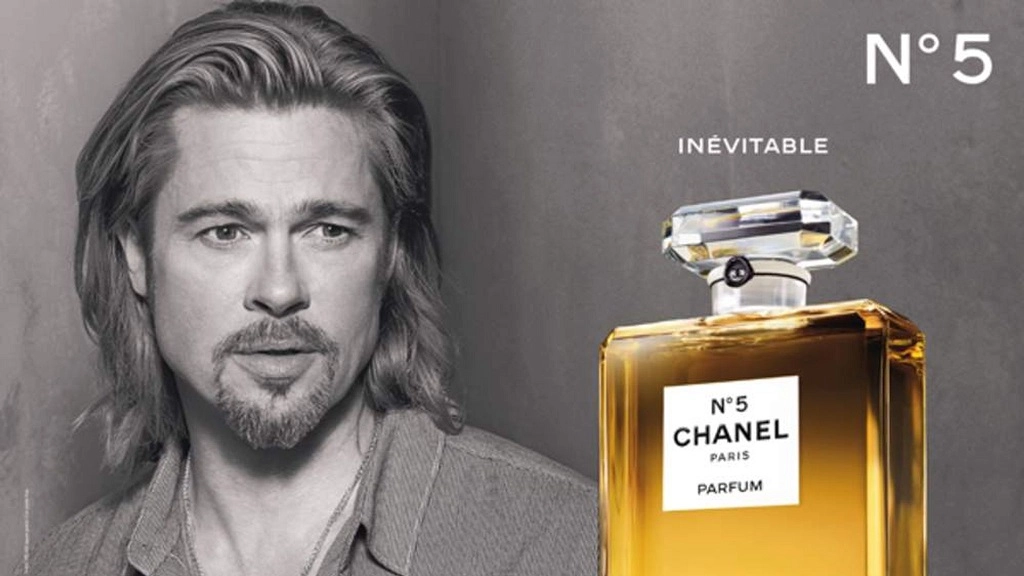
Chanel’s iconic No. 5 fragrance took a bold step in customization with a limited edition featuring a bottle designed by none other than Hollywood actor Brad Pitt. Championing a sleek and minimalist aesthetic characterized by clean lines and a transparent finish, Chanel’s design reflects both timeless elegance and a contemporary touch. This collaboration showcased the power of merging celebrity influence with innovative design.
2. Guerlain’s Bee Bottle
Guerlain, a pioneer in the world of perfumery, introduced the iconic bee bottle in the mid-19th century. In recent years, this classic design has been reimagined with contemporary twists. The brand goes a step further by providing customization choices, enabling customers to select the bee’s color and add personal initials, seamlessly merging tradition with a contemporary, personalized approach.
Future Outlook
As the perfume industry continues to evolve, the future of bottle design promises even more exciting developments. Augmented reality experiences, interactive packaging, and sustainable innovations are likely to shape the landscape of perfume bottle design. The demand for unique, personalized fragrances will fuel the exploration of unconventional materials and avant-garde designs, pushing the boundaries of creativity.
Conclusion
The art of perfume bottle design has transcended its functional roots to become a captivating form of expression, reflecting the essence of the fragrance it encapsulates. From historical masterpieces to modern innovations, the industry has embraced customization trends that cater to the ever-evolving preferences of consumers. As technology, sustainability, and personalization converge, the future of perfume bottle design holds the promise of a sensory journey that goes beyond the fragrance itself.

